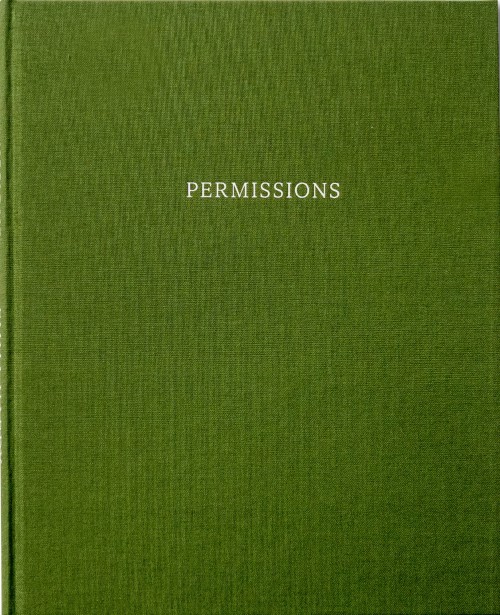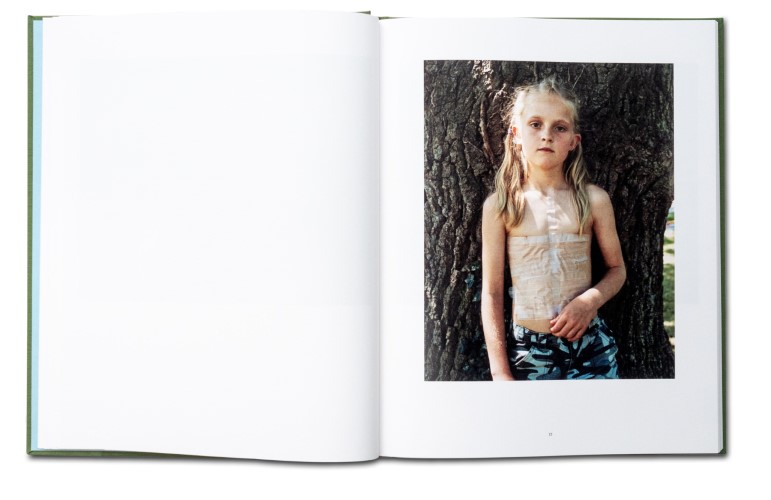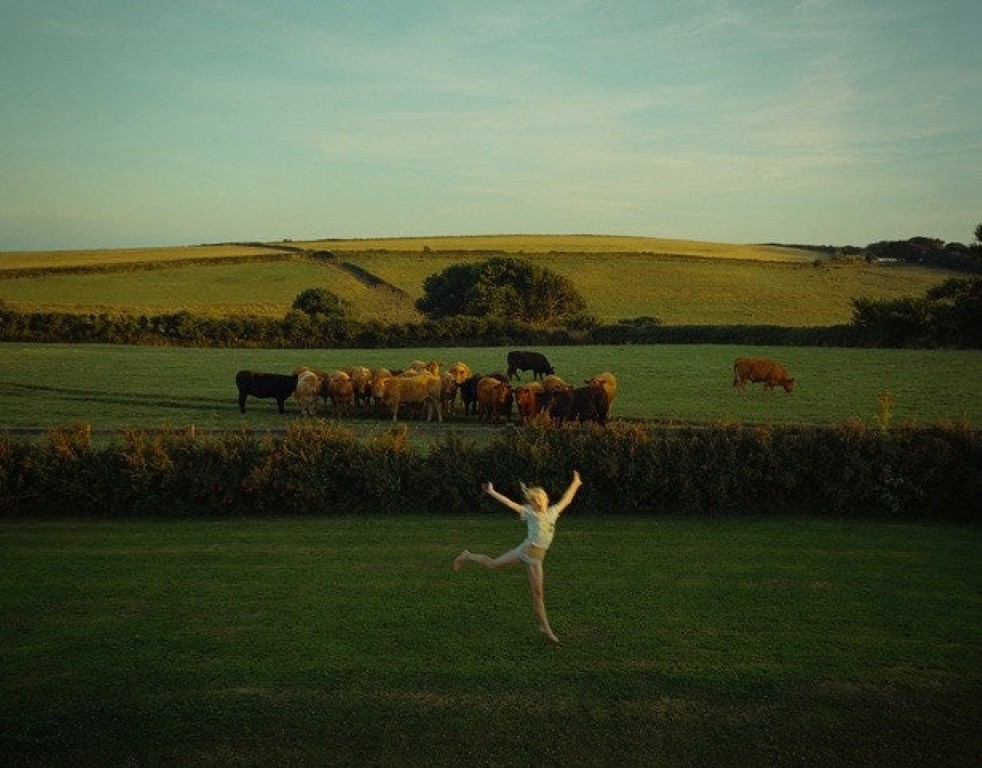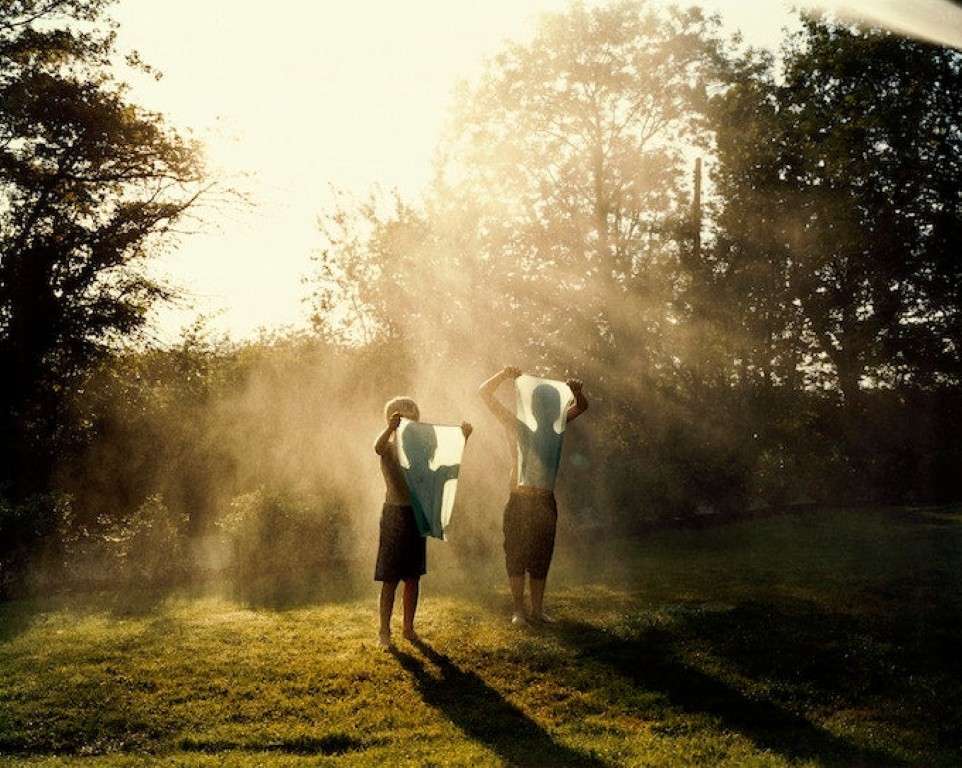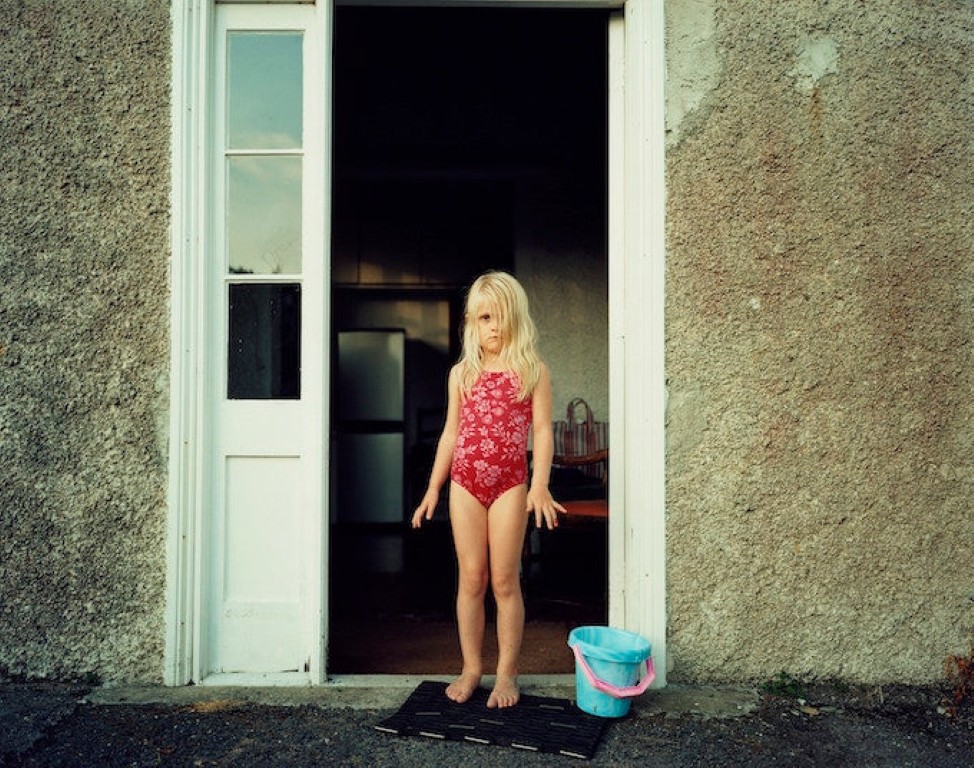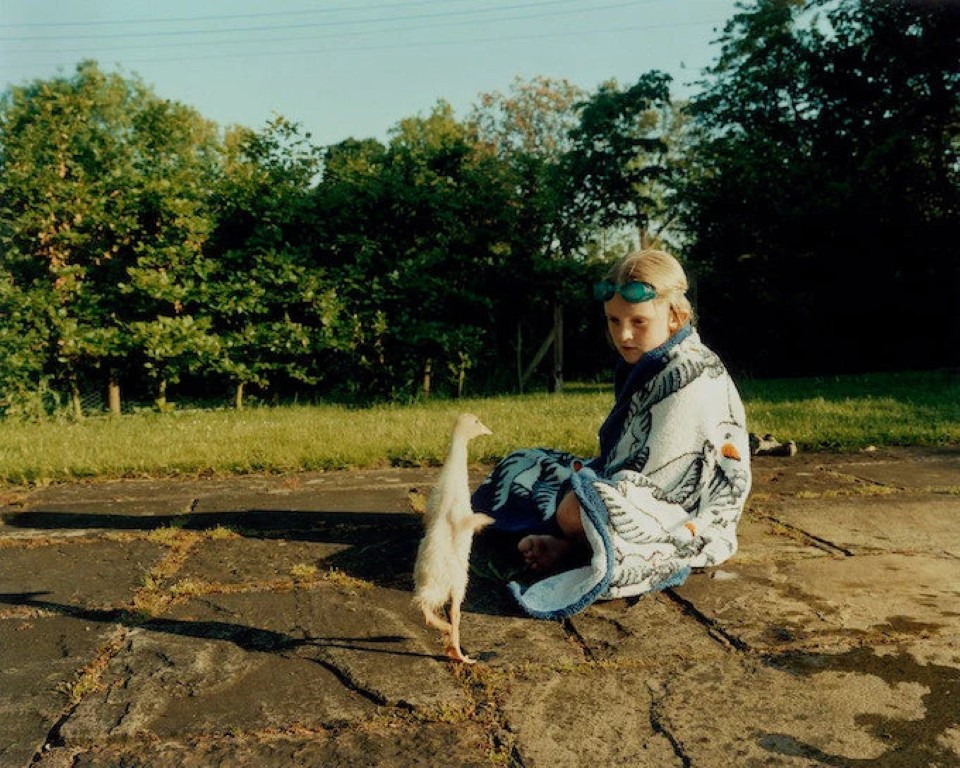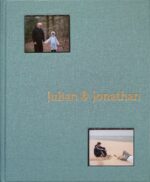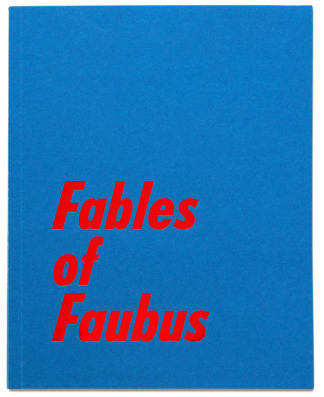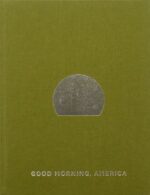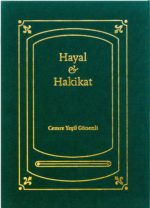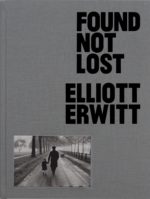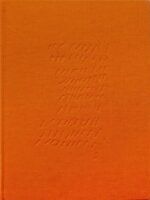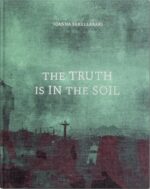1ère édition épuisée. Exemplaire Neuf.
Les photographies du livre montrent des moments de domesticité reconnaissables entrecoupés de scènes plus idylliques. Les images témoignent des tentatives de Mme Hardy de concilier sa vie professionnelle créative et sa maternité, en regardant ses enfants grandir et changer en même temps que sa propre mère. Le livre est divisé en chapitres, chacun annoncé par une nature morte grand format de fleurs de la maison, fait comme un adieu au cours du dernier printemps passé dans la maison de la famille. À mesure que le livre progresse, les enfants de Hardy deviennent de plus en plus indépendants et commencent à s’aventurer loin et hors du cadre. Le projet a abouti à une conclusion naturelle alors que la famille s’éloignait de chez elle ; essai d’Alice Zoo.
« Le monde apporte des couleurs à l’enfant et l’enfant les organise, les découpe en formes, apprend le nom des formes, les parle pour la première fois. Les animaux, les fruits, les feuilles, l’eau… Bien sûr, la plupart de ces couleurs et de ces formes ne sont pas apportées par le monde. Abstrait et indistinct, mais par la mère […] Comprendre la présence de la mère dans l’esprit de l’enfant n’est pas sans rappeler regarder un album de famille : une personne, le photographe, généralement absent, et pourtant partie intégrante non seulement de la production de la photographie, mais aussi à la scène – à la vie – elle-même. » -Alice Zoo, extrait de l’essai du livre.
Out of Print 1st edition. Copy New.
The photographs in the book show moments of recognisable domesticity interspersed with more idyllic scenes. The images evidence Hardy’s attempts to balance her creative professional life with motherhood—watching her children grow and change alongside a maturing relationship with her own mother. The book is divided into chapters, each announced by a large-format still life of home-grown flowers, made as a farewell during the last spring spent in the family’s house. As the book progresses, Hardy’s children grow increasingly independent and begin to venture away and out of frame. The project drew to a natural conclusion as the family moved away from their home ; essay by Alice Zoo.
‘The world brings colours to the child and the child organises them, cuts them into shapes, learns the names of the shapes, speaks them for the first time. Animals, fruits, leaves, water. .. Of course, most of the these colours and shapes are brought not by the world, abstract and indistinct, but by the mother. .. Understanding the presence of the mother in the mind of the child is not unlike looking at a family album: one person, the photographer, usually absent, and yet integral not only to the production of the photograph, but also to the scene – to the life – itself.’ -Alice Zoo, from the book’s essay.
_
Emma Hardy was born in London and studied Drama and French at Bristol University. She moved to Paris for four years working in the art world before returning to London to pursue a career in acting, but found herself better suited to life behind the camera. By this time, she was married, living in rural Suffolk, and raising her family of three young children. She has photographed for British Vogue, The Telegraph magazine, Vanity Fair, The Fader, The New York Times, and Rolling Stone amongst others. Her first solo exhibition ‘Exceptional Youth’ was displayed at the National Portrait Gallery, London in 2006 and 39 of her portraits are included in the gallery’s collection. Hardy continues her work as a portrait and documentary photographer for a wide range of publications, returning to new phases of her family images whenever she can.

